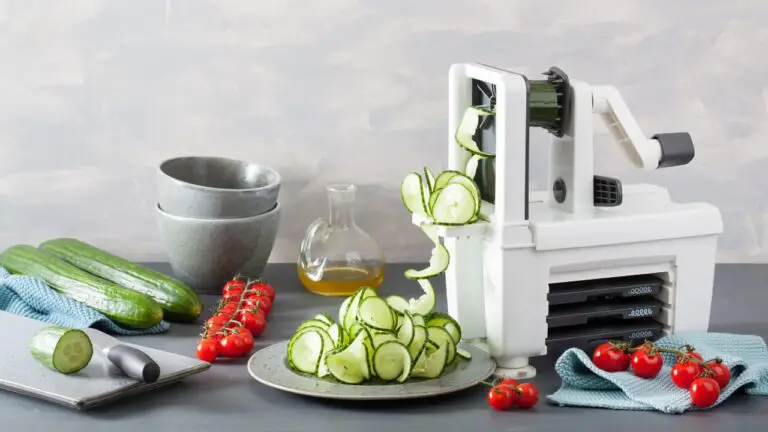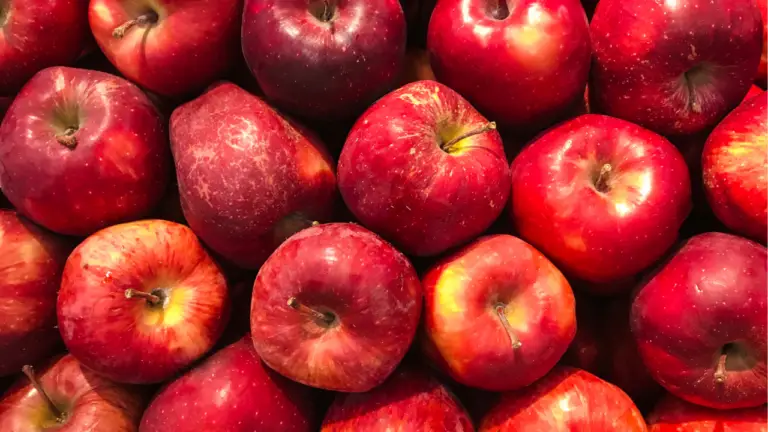How Long Do Seeds Last?

When planning a garden, one of the most common questions that arises is: how long do seeds last? This question is crucial for gardeners who want to ensure that their seeds will germinate successfully, leading to healthy and productive plants. Understanding the longevity of seeds can help you save money, reduce waste, and achieve better gardening results. Whether you are storing seeds from your own garden or purchasing them from a store, knowing how long they remain viable is essential for successful planting.
Most seeds can last between one to five years if stored properly. However, the exact duration varies depending on the type of seed and storage conditions. Proper storage involves keeping seeds in a cool, dry, and dark environment to maintain their viability for as long as possible.
Factors Affecting Seed Longevity
Seed longevity is influenced by several factors, including the type of seed, storage conditions, and initial seed quality. Some seeds are naturally more resilient and can last for several years, while others may only remain viable for a single year. For instance, lettuce and onion seeds generally have a shorter lifespan compared to seeds of beans and tomatoes, which can remain viable for many years if stored correctly.
Proper storage conditions are crucial for maximizing seed longevity. Seeds should be kept in a cool, dry, and dark environment. Excessive moisture, heat, and light can significantly reduce the viability of seeds. Using airtight containers and storing seeds in a refrigerator can help maintain optimal conditions. Ensuring seeds are dry before storage is also essential, as moisture can lead to mold growth and decay.
Seed Viability Testing
Testing seed viability before planting is a valuable practice to ensure successful germination. One common method is the water test, where seeds are soaked in water for a few hours. Seeds that sink are generally viable, while those that float may be less likely to germinate. Another method is the germination test, which involves placing a small number of seeds between moist paper towels and observing how many sprout over a period of time.
By testing seed viability, gardeners can avoid the disappointment of poor germination rates and make informed decisions about which seeds to plant. This practice is particularly useful for older seeds or those that have been stored under less-than-ideal conditions. It helps maximize gardening success and ensures that only healthy, vigorous seeds are sown.
Storing Seeds for Maximum Longevity
Proper storage techniques can significantly extend the life of seeds. Storing seeds in a cool, dry, and dark place is essential for maintaining their viability. A refrigerator or a cool basement are ideal locations. Using airtight containers, such as glass jars with tight-fitting lids or vacuum-sealed bags, can help keep out moisture and air, both of which can degrade seed quality over time.
Labeling stored seeds with the date of collection or purchase and the type of seed is important for keeping track of their age and expected viability. Rotating your seed stock and using the oldest seeds first ensures that seeds are used while still viable, reducing waste and ensuring better germination rates.
Seed Longevity by Plant Type
Different plant seeds have varying lifespans. For example, vegetable seeds like beans, peas, and tomatoes can often remain viable for four to five years when stored properly. On the other hand, seeds of plants like onions, parsley, and sweet corn typically last only one to two years. Flower seeds also vary widely in longevity; for instance, zinnia and marigold seeds can last up to five years, while delphinium and larkspur seeds may only last a year or two.
Understanding the typical longevity of different seeds helps gardeners plan their planting schedules and manage their seed inventory effectively. It ensures that they use seeds while they are still viable and achieve the best possible germination rates.
Conclusion
Knowing how long seeds last and how to store them properly can make a significant difference in the success of your garden. By considering factors such as seed type, storage conditions, and viability testing, gardeners can optimize their seed usage and enjoy bountiful harvests. Proper storage techniques and regular viability testing are key to maintaining a healthy and productive garden year after year.






